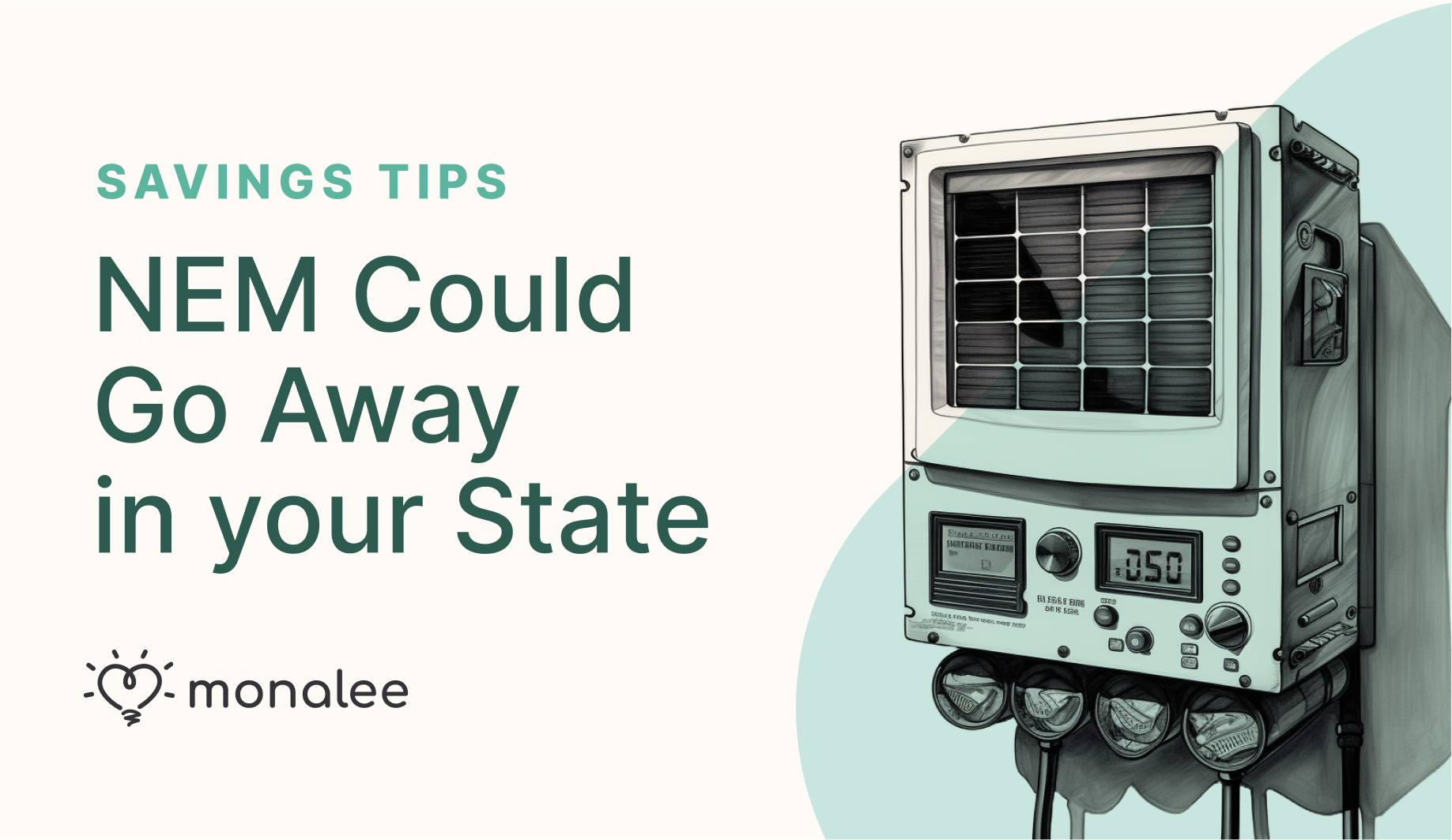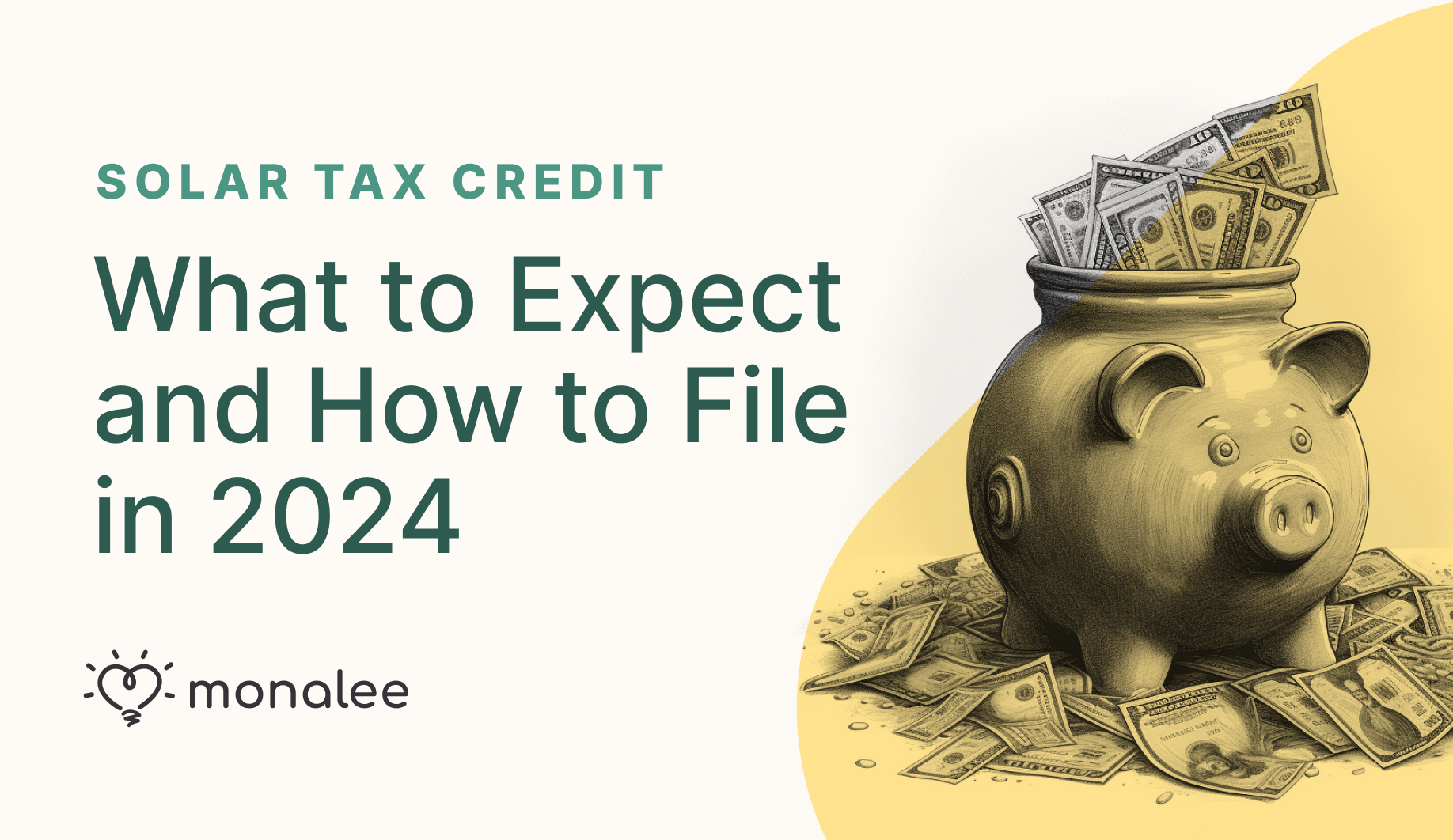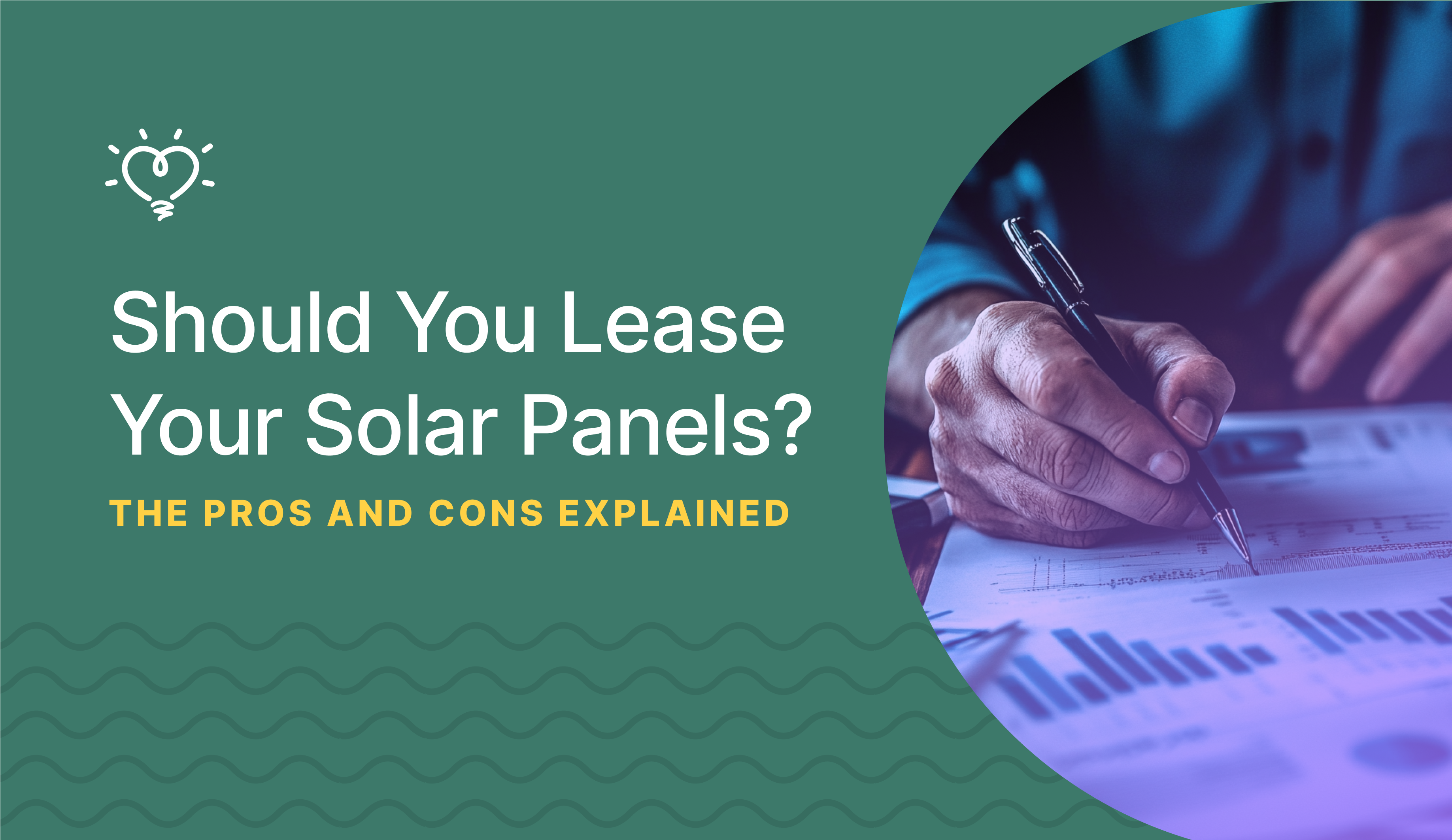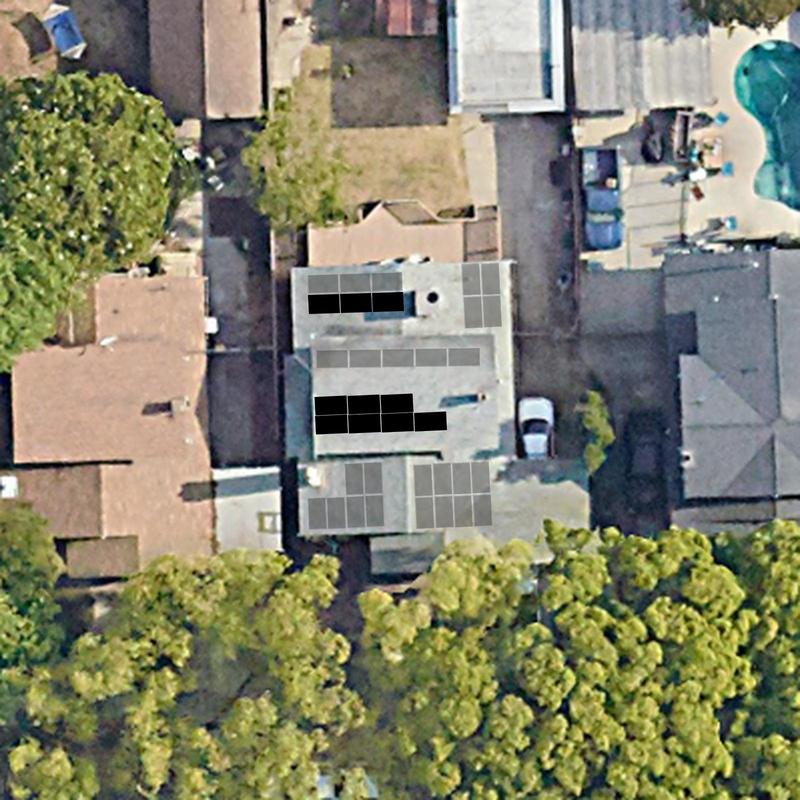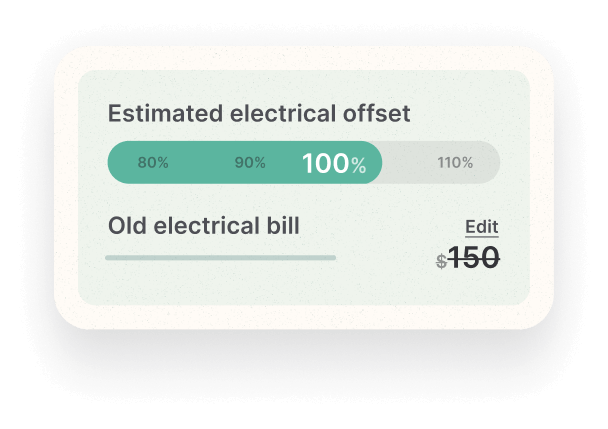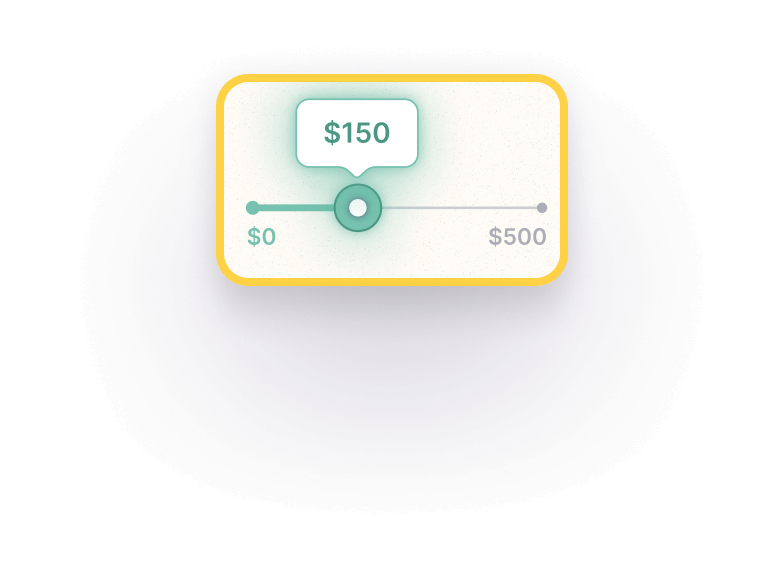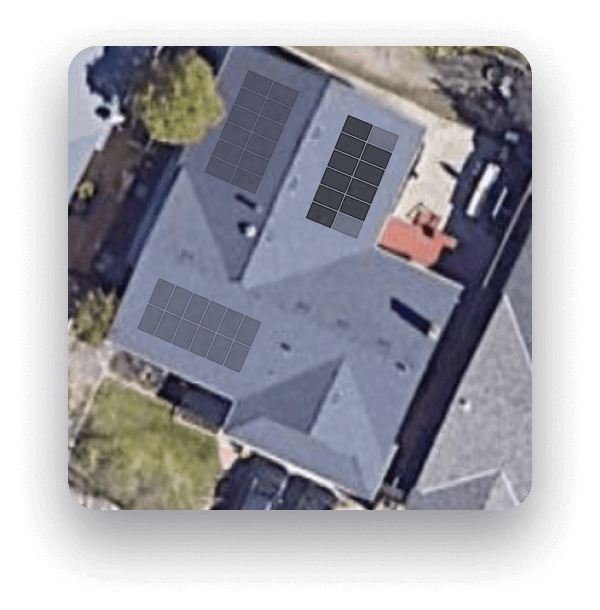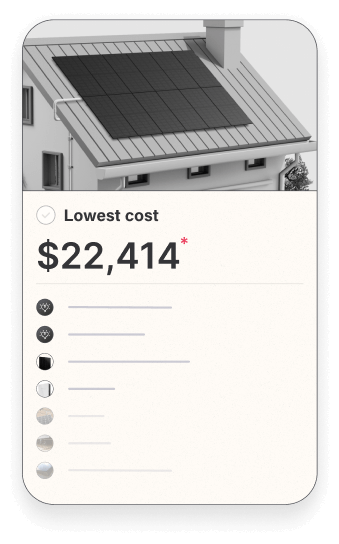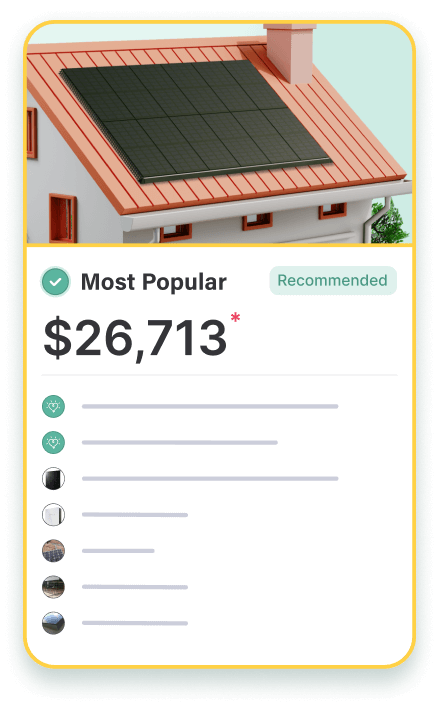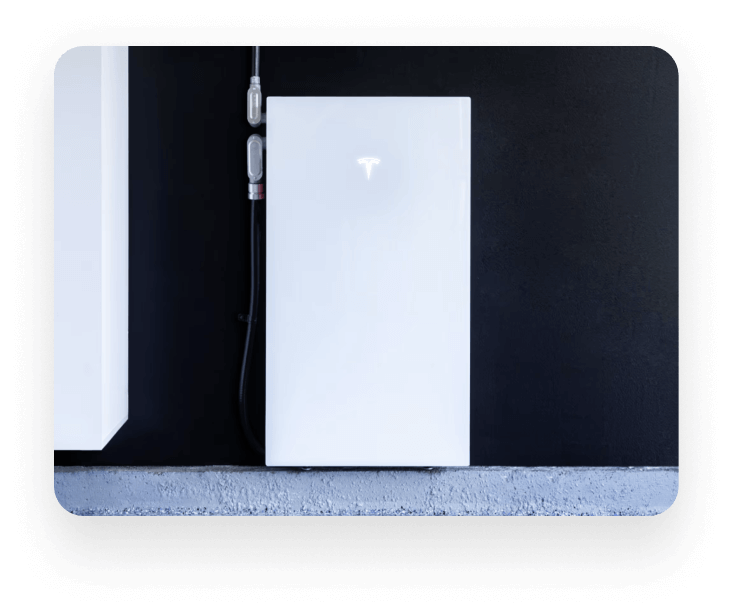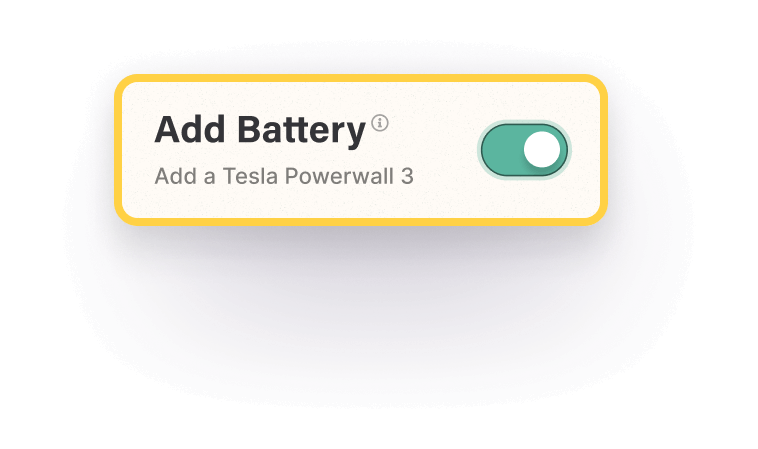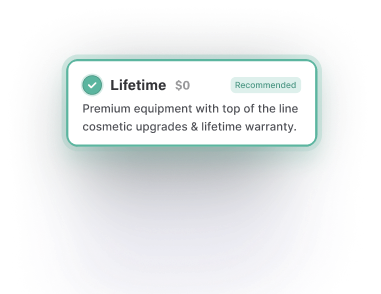The good news is that there’s still time, but you’ll need to act fast. Here’s everything you need to know ahead of the cutoff.
There are countless benefits of going solar, and saving money is definitely one of them. In many ways, it’s the best of both worlds; solar reduces carbon emissions and reduces one’s environmental impact and at the same time, increases the value of one’s home and protects against rising utility costs.
In addition to federal and state-specific tax credits that promote solar adoption, net metering gives homeowners the opportunity to sell electricity back to their area’s utility company at a 1:1 rate instead of a 1:4 rate (such is the case in California with their NEM 3.0).
The good news is that there’s still time, but you’ll need to act fast. In fact, we’re already seeing some states opt out of net metering entirely.
Here’s everything you need to know about net metering, why it exists, and how it can save you money…if you make the cutoff.

What is net metering?
Try to think of net metering simply as a type of billing tool. Homes that run on solar are producing energy all the time. That said, daylight hours produce the most amount of energy because the sunlight is hitting your roof panels. Conversely, during the night there is no sunlight and therefore little to no energy being generated.
With net metering, homeowners are able to take the excess energy their home created but wasn’t used and offload it to their area’s local electric company. Every time you offload excess energy, you are paid in credits that you can use at a later date. In most cases, you will use these credits to power your home on cloudy days or during the night.
In short, net metering gives homeowners the ability to sell excess energy and recoup that energy at a later date. For this reason, net metering is sometimes referred to as ‘solar buyback,’ or ‘net billing’ and net energy metering (NEM).
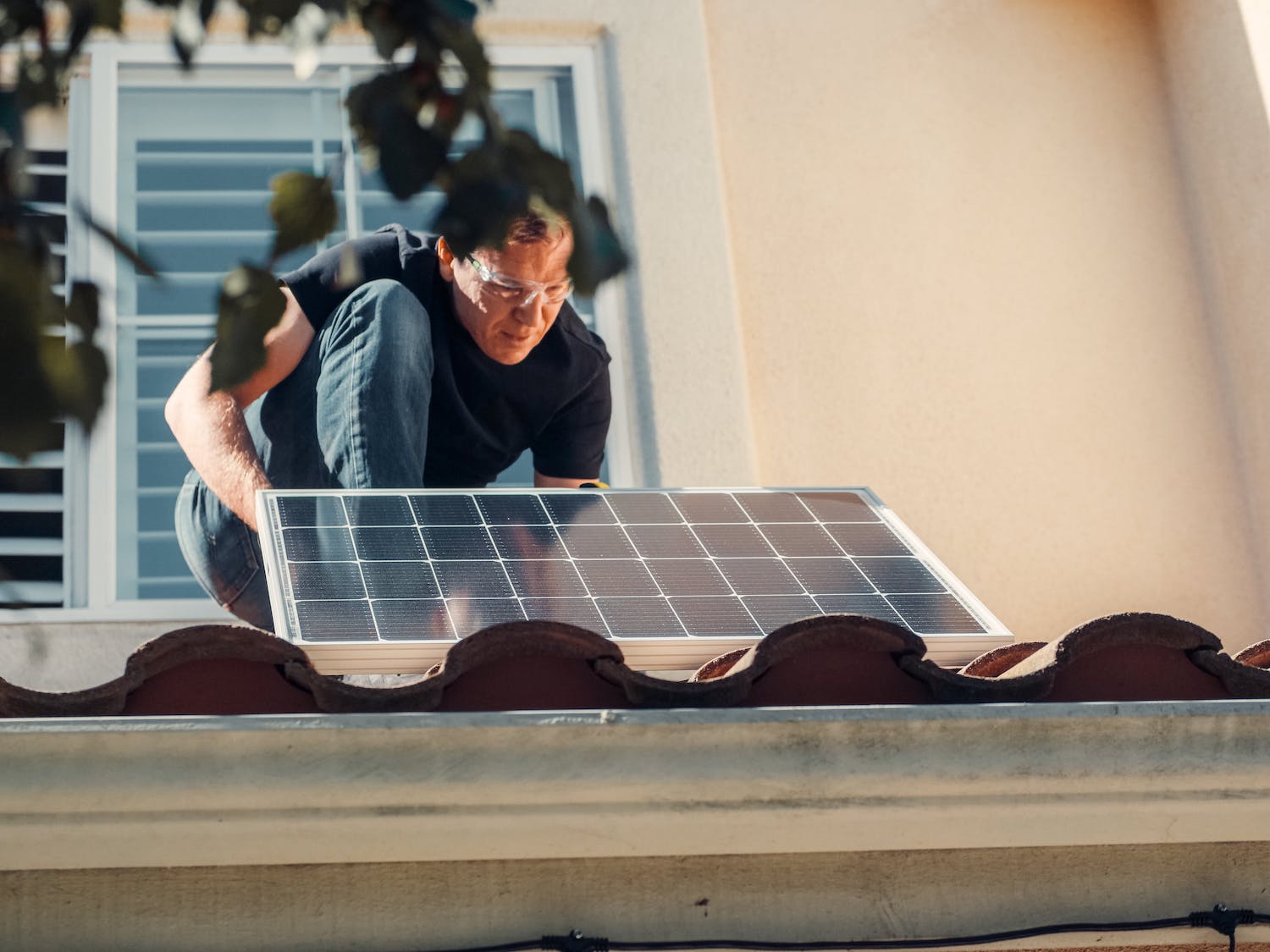
What are the benefits of net metering?
There are several benefits to net metering. We’ve rounded up a few of them below:
It saves you money
We’re all looking to save money where we can, and there’s no shame in that. Metering typically results in lower utility bills month over month all of which work toward reimbursing yourself for your solar investment. Every time you earn credits for the excess energy your system generates, you’re able to use those credits during low-production times (like evenings) when your system naturally generates less energy.
It reduces your carbon footprint
Switching to clean energy sources immediately reduces your carbon footprint, and every little bit counts. With net metering, you’re using clean and renewable energy and reducing greenhouse gas emissions all while doing your part to create a sustainable future for generations to come. It also ensures that no energy goes to waste.
It helps you achieve energy independence
For many of us, gaining energy independence is the ultimate goal. While solar installation requires a significant investment upfront, it generally pays for itself in just a few years. Being energy independent means that you have more control over the amount of energy you are producing and consuming. You also won’t need to rely so much on traditional utility companies and unexpected electricity pricing increases.

Why you don’t want to miss the cutoff
The short answer is that unless you install your solar before your state’s cutoff date, you won’t be able to benefit from net metering savings potential. While every state operates differently, we’ve seen a general trend in recent years of states either reducing the monetary value of the credits homeowners receive or removing the option altogether.
Using California as an example, NEM 3.0 is already considerably less appealing to homeowners than NEM 1.0 and NEM 2.0. For homeowners who benefit from the earlier versions, they are usually able to get an ROI in about six or seven years. Under NEM 3.0, that timeline is closer to the ten to twelve year mark.
California’s NEM 3.0 took effect on April 15, 2023. It applies to California’s three IOUs (investor-owned utilities):
It’s also worth noting that NEM 3.0 is not retroactive, meaning that homeowners who had their systems installed under NEM 1.0 or NEM 2.0 will remain locked in to those policies for twenty years from the date they received permission to operate from their utility company.
The main difference between NEM 2.0 and NEM 3.0 comes down to the value allocated for excess electricity generated from solar systems. Under NEM 2.0, the value of excess solar energy is based on retail rates whereas, under NEM 3.0, the value is closer to wholesale rates for electricity. Wholesale rates are essentially the amount of money that your utility company pays for electricity.
As solar.com states, ‘the big thing to know is, on average, NEM 3.0 export rates are around 75% lower than the export rates for NEM 2.0. Lower export rates mean longer payback periods and less bill savings for solar owners under NEM 3.0.’
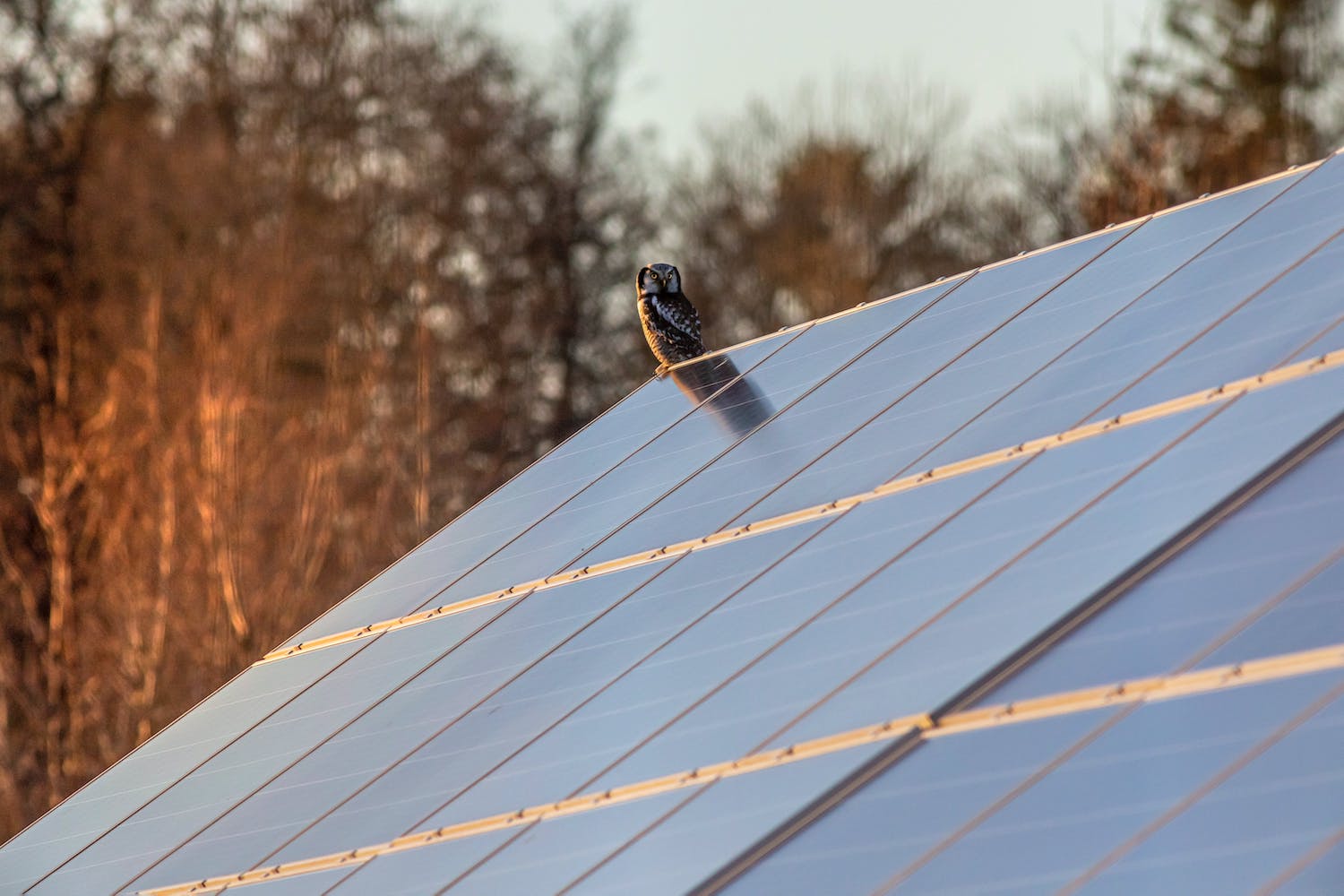
Get ahead of the curve with Monalee
One thing to keep in mind is that as cutoff dates approach, there will be a rush of homeowners trying to get in before the deadline. This is why we recommend starting the process as early as you can.
Through leveraging powerful machine learning and simplifying the process, we’re able to save homeowners up to 50-percent off the total price compared to competitors. We also partner with reputable financiers like Mosaic and GoodLeap so that going solar can be possible for homeowners everywhere.
